Many people wonder why the return of Christ has not yet happened. In 2 Peter 3:8-13, the answer is clear: God delays judgment because He is patient, giving people time to turn to Him.
His view of time is not like ours. What feels slow to humans is part of His mercy and plan.


This passage also teaches that the Day of the Lord will come without warning. It will bring both judgment and the promise of a renewed creation.
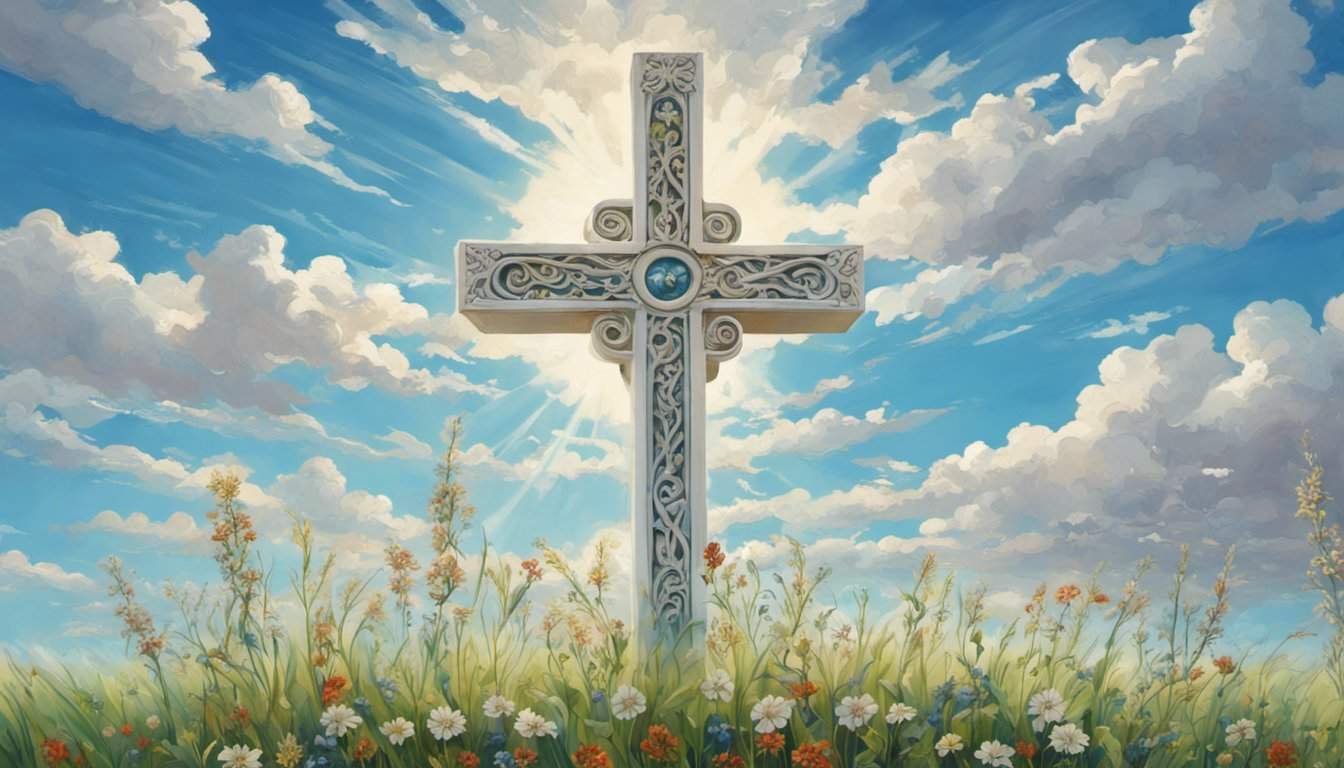
As 2 Peter 3:10 explains, the heavens will disappear, and the earth will be laid bare. This makes way for something new.
Knowing this changes how a person should live. It calls for repentance, holiness, and a focus on what lasts forever.
The hope of a new heaven and new earth gives purpose to every choice made today.
Understanding the Day of the Lord
The Day of the Lord describes a future time when God will act in judgment and renewal. It includes both the destruction of the present world order and the creation of a new one, as described in multiple scriptures.
This event reflects God’s justice, patience, and faithfulness to His promises.
Definition and Biblical Context
In scripture, the Day of the Lord refers to a decisive moment when God intervenes in human history. It is often connected to both judgment and restoration.
Old Testament prophets like Joel, Amos, and Isaiah spoke of it as a day of darkness, wrath, and justice. In the New Testament, it also points to the return of Christ and the final renewal of creation.
The term Day of God appears in some passages, emphasizing the fulfillment of His eternal plan. While the timing is unknown, believers are urged to live in readiness, knowing it will come without warning.
It is not a single 24-hour day but a period in which God’s purposes are completed. This includes removing sin, judging evil, and establishing His kingdom.
References in 2 Peter 3:8-13
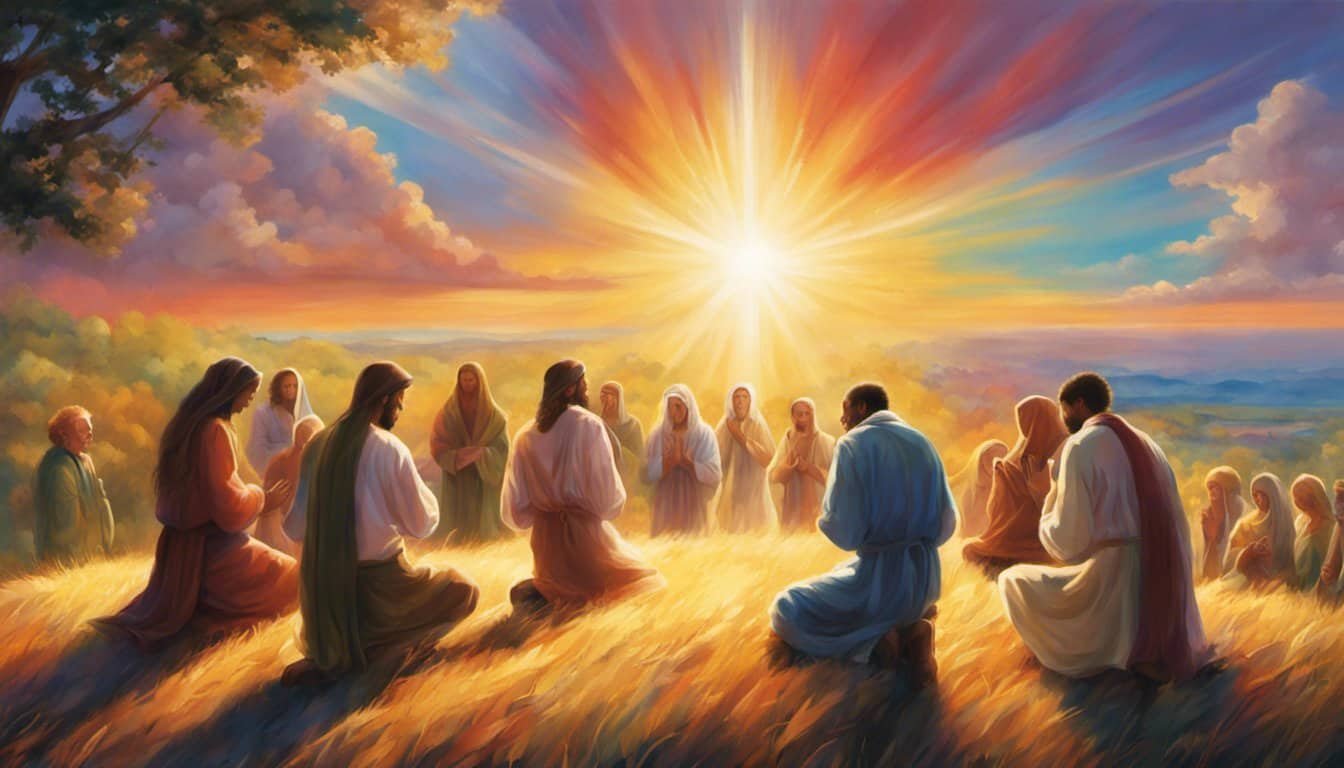
In 2 Peter 3:8, Peter reminds believers that God’s view of time differs from theirs—“with the Lord one day is as a thousand years, and a thousand years as one day.” What seems slow to humans is not slow to God.
2 Peter 3:9 explains His patience. He delays judgment so that more people may repent.
This patience is an act of mercy, not neglect. In 2 Peter 3:10, the apostle warns that the Day of the Lord will come “like a thief,” meaning it will be sudden and unexpected.
The heavens will pass away, the elements will dissolve, and the earth will be laid bare. Verses 11-13 urge believers to live holy lives, looking forward to the day of God and the promise of “a new heaven and a new earth” where righteousness dwells.
Connections to Old and New Testament Prophecies
The Day of the Lord in 2 Peter connects directly to earlier prophecies. Joel 2 and Amos 5 describe it as a time of divine judgment.
Isaiah 13 links it with the fall of nations and cosmic disturbances. In the New Testament, Paul speaks of it in 1 Thessalonians 5, also using the “thief in the night” image.
This matches Peter’s warning in 2 Peter 3:10. John’s vision in Revelation 21:1 shows the fulfillment: “a new heaven and a new earth” after the first heaven and earth pass away.
This aligns with Peter’s statement in 2 Peter 3:13. These themes reveal that the Day of the Lord is both a warning of judgment and a promise of renewal.
God’s Perspective on Time and Patience
Peter reminded his readers that the Lord’s view of time is not the same as theirs. What seems slow to humans may be the very expression of His mercy, giving more people the chance to turn to Him before the promise of Christ’s return is fulfilled.
Divine Timelessness in 2 Peter 3:8

In 2 Peter 3:8, Peter addresses the “beloved” and urges them not to forget a key truth: with the Lord, one day is like a thousand years, and a thousand years like one day.
This statement is not a literal formula for measuring time. Instead, it shows that God is not bound by human schedules or limitations.
People measure time by hours, days, and years. God exists beyond those limits.
His plans are not rushed or delayed by human expectations. This perspective helps believers understand why the promise of Christ may seem delayed.
It is not neglect or forgetfulness, but a different frame of reference. By recognizing divine timelessness, they can trust God’s promises without being discouraged by the passing of years.
Longsuffering and Delay Explained

Peter explains that what some see as slowness is actually the Lord’s longsuffering toward humanity. The delay in the Day of the Lord is not due to weakness or inability.
Instead, it reflects His patient character. As seen in 2 Peter 3:9, He is not willing that any should perish but that all should come to repentance.
Longsuffering means enduring wrongdoing or delay without rushing to judgment. This patience is active, not passive.
It allows more time for people to hear the gospel, understand it, and respond. For the early Christians who expected Christ’s return soon, this explanation helped them see the delay as purposeful.
Purpose of Divine Patience
The Lord’s patience serves a clear goal—salvation. His timing gives every opportunity for people to repent before judgment comes.
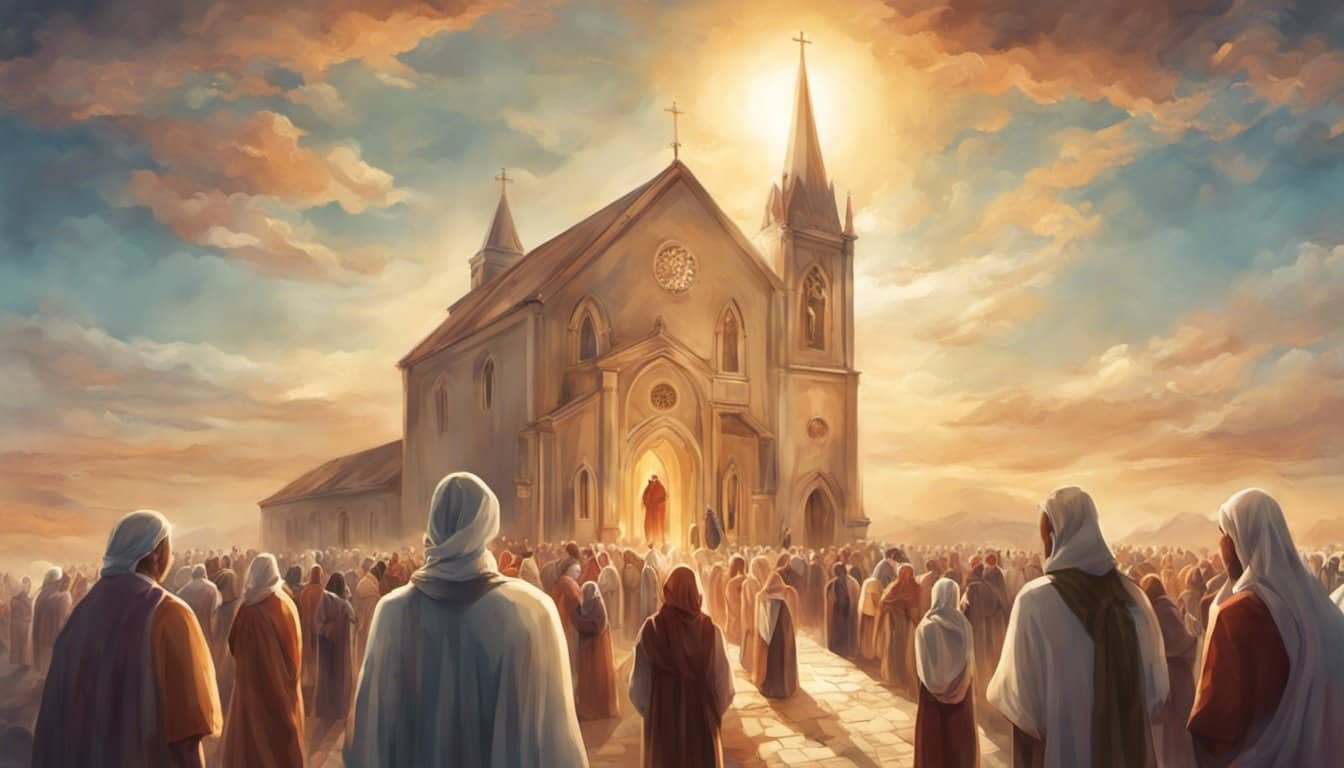
This is not indefinite; the Day of the Lord will still arrive. Until then, the delay is a window of grace.
Believers are called to live in holiness and readiness during this period. The extra time is meant for repentance and faith.
In practice, this means using the present to grow in godliness, share the gospel, and trust that the promise of Christ will be kept at the right time.
The Promise and Certainty of Judgment
Peter explains that God’s patience does not cancel His promise. His timing is deliberate, and His judgment will come when the appointed moment arrives.
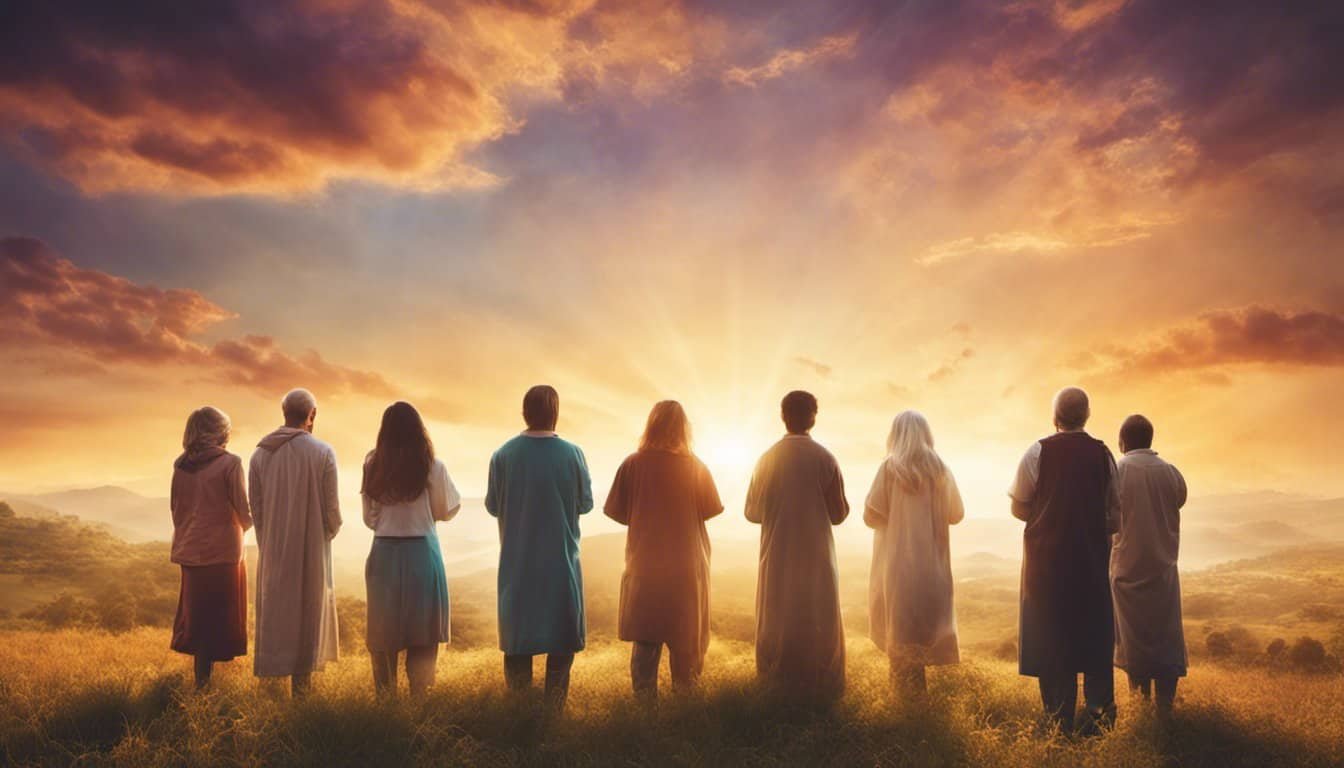
This judgment will be certain and sudden. It will expose the error of those who deny it.
Certainty of Christ’s Return
The apostles taught that Christ will return as promised. Peter reaffirms this in 2 Peter 3.
He reminds believers that God’s perspective on time is different—a day is like a thousand years, and a thousand years like a day. Any delay is not neglect but mercy.
God is giving people time to repent before the final judgment. Peter warns that the heavens and earth are being kept for fire.
This refers to the complete renewal that will follow the destruction of the present order. The promise is not vague or symbolic.
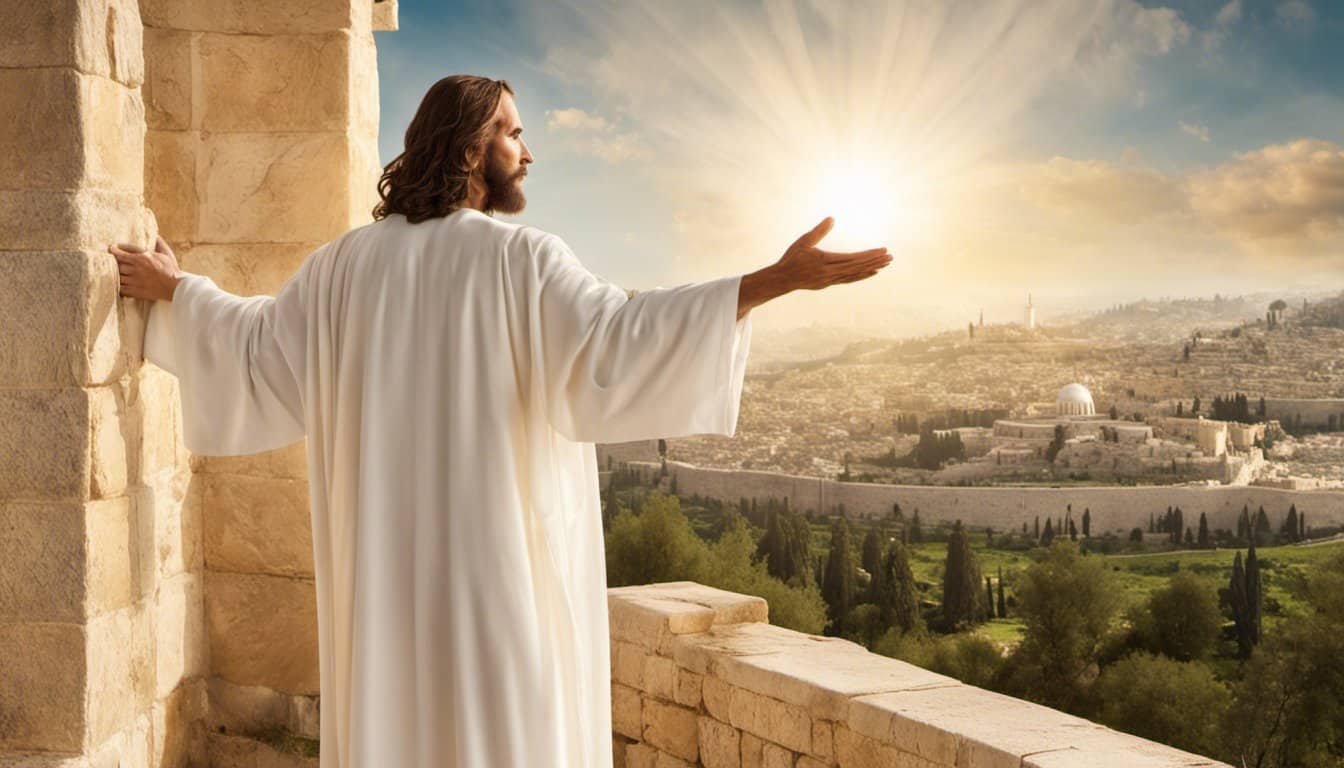
It is a direct statement that the “Day of the Lord” will happen. It will affect all creation.
This certainty should influence how believers live now.
The Suddenness: Thief in the Night
Peter uses the image of a thief in the night in 2 Peter 3:10 to describe the unexpected nature of Christ’s return. A thief does not announce his arrival, and neither will the Day of the Lord.
When it comes, the heavens will pass away with a roar. The elements will be destroyed by intense heat.
The earth and everything in it will be laid bare. This suddenness means people cannot wait until the last moment to prepare.
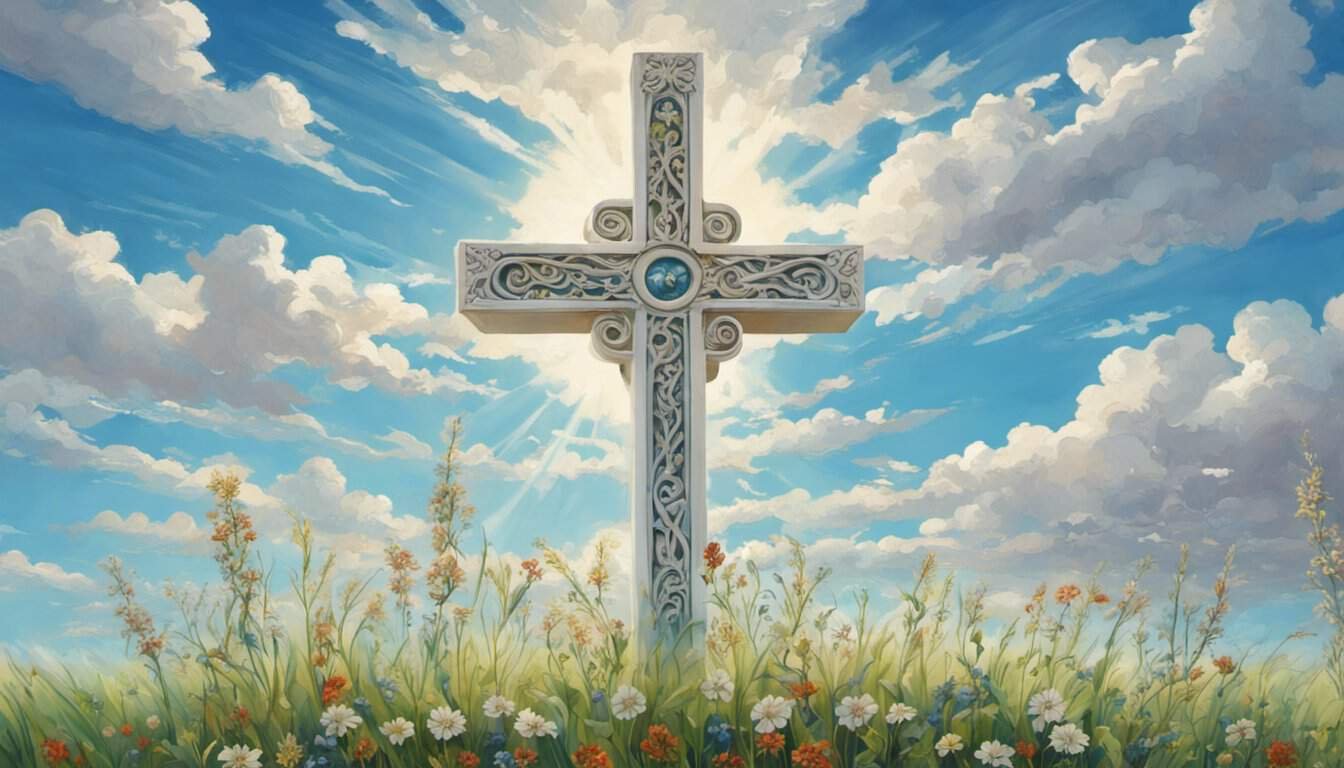
The warning is clear: judgment will come without visible countdowns. Believers are called to live in readiness, knowing that the timing is unknown but the event is certain.
This urgency is meant to shape priorities and choices now.
Role of Scoffers and False Teachers
Peter also addresses scoffers who mock the promise of Christ’s return. These individuals claim that nothing has changed since the beginning of creation, using this to deny future judgment.
In 2 Peter 3:8-9, he explains that such thinking ignores God’s past acts of judgment, like the flood. False teachers spread these doubts to lead others into complacency or sinful living.
They twist the apostles’ teaching to fit their own desires. Peter warns that these scoffers will face the same judgment they deny.

Their presence is a sign of the times. Believers should hold firmly to the truth.
Call to Repentance and Righteous Living

God shows patience so that people have time to turn from sin and live in a way that honors Him. His promise of judgment remains certain, but His mercy gives space for change and growth in faith.
God’s Desire for Repentance
According to 2 Peter 3:9, the Lord keeps His promise. He shows patience, not wanting anyone to perish but for all to come to repentance.
Repentance means turning away from wrongdoing and aligning one’s life with God’s will. It is not just a feeling of regret but a change in direction.

God’s patience has a purpose. Each day without judgment gives people a chance to respond to His call.
This shows His compassion and desire for restoration rather than destruction. Those who ignore this patience risk missing the time of mercy.
Scripture warns that the day of the Lord will still come. Delay does not mean cancellation.
Repentance as Preparation
Repentance prepares a person for the return of Christ. It clears the heart of rebellion and makes room for obedience.
Without repentance, people remain unready for the day when the Lord will judge the earth. In practice, repentance involves:
- Acknowledging sin without excuses
- Confessing it to God
- Turning away from it through deliberate action
- Pursuing righteousness in daily choices
The call to repent is urgent because no one knows the exact time of the Lord’s return. As 2 Peter 3:10 explains, it will come unexpectedly, like a thief.
Living in Holiness and Godliness
After repentance, believers should live in holy conversation and godliness. Their words, actions, and attitudes should reflect God’s character.
Holiness means being set apart for God’s purposes. Godliness is living in a way that pleases Him every day.
These qualities shape a lifestyle that honors the Lord. Practical examples include speaking truth, showing kindness, avoiding corruption, and pursuing justice.
These are not just moral habits but acts of worship. 2 Peter 3:11 reminds us that, since everything will be dissolved, people should live in holiness and godliness as they wait for God’s promise of a new heaven and new earth.
Transformation of the Heavens and Earth

Peter describes a future moment when the physical world will undergo a complete change. God will remove the current heavens, destroy the elements, and renew creation according to His promise of a new heaven and new earth.
These events connect judgment with hope for righteousness.
Passing Away of the Heavens and Earth
According to 2 Peter 3:10, the heavens will “disappear with a roar,” and the earth will be laid bare. This points to a dramatic end to the current order of creation.
The term “heavens” refers to the sky and celestial realm. Peter contrasts the present heavens and earth with the promised new creation in 2 Peter 3:13.
God plans this passing away for judgment and renewal. Believers should live holy and godly lives in light of this coming change.
The event marks the end of the world as it is now known. It makes way for a place “where righteousness dwells.”
The Fate of Heavenly Bodies
Peter also speaks of the “heavenly bodies” being destroyed. These likely refer to the sun, moon, stars, and planets.
In 2 Peter 3:12, these bodies are said to “melt” or “dissolve” as the day of God approaches. Even the most enduring parts of creation will not remain unchanged.
The elements that make up these bodies will be undone. Nothing in the physical universe will escape this transformation.
It reminds us that human life and all creation are temporary in their current form.
The Role of Fire in Final Judgment
Fire plays a central role in Peter’s description. The present heavens and earth are “reserved for fire” until the day of judgment, as seen in 2 Peter 3:7.
God controls this fire to bring justice and purify creation. The “elements” will be destroyed by intense heat.
This includes both the physical matter of the universe and the structures of the current world order. Fire serves as both judgment against ungodliness and a way to clear the way for the promised new heavens and new earth.
The Promise of New Heavens and a New Earth

God’s word describes a future where the current heavens and earth will be replaced with a renewed creation. This transformation will bring lasting peace, justice, and the complete removal of sin and corruption.
Biblical Foundations for the New Creation
The idea of a new heavens and a new earth appears in both the Old and New Testaments. In Isaiah 65:17 and Isaiah 66:22, God promises to create a new order where the former things will not be remembered.
The apostle Peter affirms this promise in 2 Peter 3:13, stating that believers wait for this renewal “according to His promise.” The book of Revelation 21:1 also describes seeing a new heaven and new earth after the first ones pass away.
These passages connect God’s plan for creation with His covenant faithfulness. The new creation is not a vague idea but a clear, promised reality.
It will follow the final judgment and will be the eternal home for those made right with God.
Characteristics of the New Heavens and New Earth
The new creation will be free from decay, death, and suffering. According to 2 Peter 3:10-13, the present heavens and earth will be dissolved, making way for a perfect and enduring world.
In Revelation 21:1-4, John describes a place without mourning, pain, or death. God will dwell with His people directly, and His presence will define life in the new creation.
| Feature | Present World | New Heavens & New Earth |
|---|---|---|
| Death | Common | Absent |
| Sin | Present | Removed |
| God’s Presence | Indirect | Direct and visible |
This transformation will not be a minor repair. Everything will align with God’s original design, free from the curse of sin.
Righteousness Dwelling in the New Creation
Peter emphasizes that the new heavens and new earth will be a place “where righteousness dwells” (2 Peter 3:13). This means moral purity, justice, and truth will be permanent features of life there.
Righteousness will not face challenges or corruption. People will live in harmony with God and with one another.
There will be no injustice, deceit, or oppression. God’s promise to establish a perfect kingdom comes true in this new creation.
The new creation shows God’s character, as He is perfectly righteous and just. His people will live in His presence without fear or sin.












